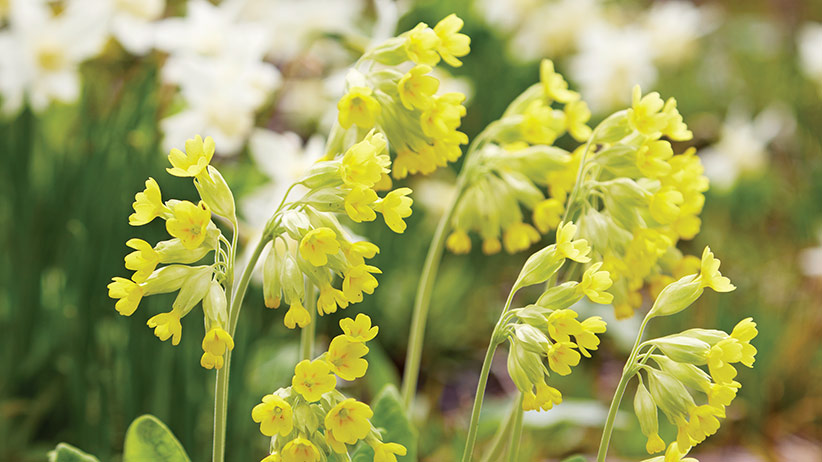No matter how much you love being out in the garden, it’s nice not to spend all your time on chores like deadheading, staking and dividing. Growing even just a few low-maintenance perennials will help cut back on the work you do.
Check out our list of container plants that don't need deadheading
What are low-maintenance perennials?
You hear about low-maintenance gardening all the time. But just what does that mean? Probably different things to different people. Your neighbor dreads deadheading daylilies, but you find it relaxing. You find staking tedious. But to your friend, placing stakes and winding string has become an art form. Not everyone enjoys getting their hands in the soil to divide their perennials. But you see it as a way to create more plants for your garden and share the extras with friends.
Products for Easier Maintenance in Your Garden:
Soaker Hose
Water Timer
Hand-held Shrub Trimmer
Add some low-maintenance perennials in your beds and borders
Even if these tasks are enjoyable, odds are you don’t want a garden full of prima donnas that require constant care to perform well. No matter how much you like to fiddle with your plants, it’s good to have at least a few in your beds and borders that are nearly self-sufficient. Here are 10 low-maintenance perennials that can take care of themselves once they’re established.
You Might Also Like:
Low-maintenance Fall Plant Combo
Low-maintenance Garden Bed
How to Plant a Low-maintenance Gravel Garden



























